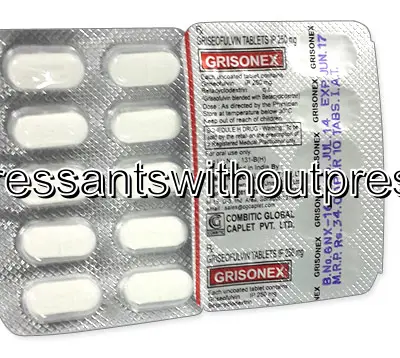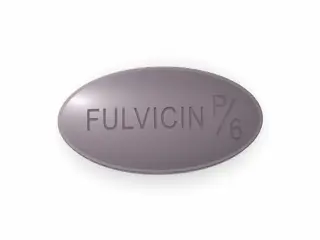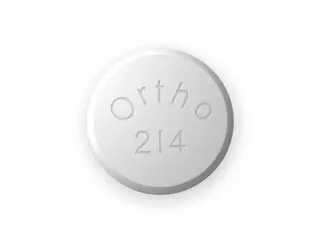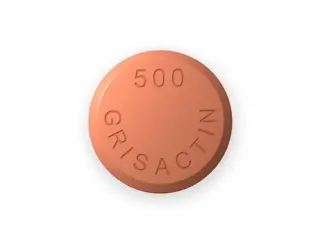Buy Griseofulvin Online Without Prescription
| Package | Dosage | Price | Price per Dose | |
|---|---|---|---|---|
| Dosage: 250mg | ||||
| 360 pill | 250mg | $390.76 | $1.08 | |
| 180 pill | 250mg | $207.33 | $1.15 | |
| 120 pill | 250mg | $146.72 | $1.23 | |
| 90 pill | 250mg | $121.20 | $1.34 | |
| 60 pill | 250mg | $92.49 | $1.55 | |
| 30 pill | 250mg | $52.62 | $1.74 | |

Griseofulvin Description
Overview of Griseofulvin
Griseofulvin is an antifungal medication commonly used to treat fungal infections of the skin, hair, and nails. It is derived from a mold called *Penicillium* and has been a reliable option for decades. The primary function of this drug is to inhibit the growth of fungi by disrupting their cell division process. This makes it effective against a range of dermatophyte infections, which are fungi that tend to infect keratinized tissues. As a prescription medication, griseofulvin requires proper guidance from a healthcare professional to ensure safe and effective use.
How Griseofulvin Works
Griseofulvin works by binding to the microtubules in fungal cells, preventing them from properly dividing and proliferating. This mechanism effectively hampers the fungal growth cycle and allows the immune system to eliminate the infection. The medication is most effective when the fungi are actively dividing, which is why consistent administration is crucial. It tends to accumulate in keratinized tissues, such as skin, hair, and nails, providing targeted treatment for fungal infections localized in those areas.
Indications and Typical Uses
This medication is primarily prescribed for dermatophyte infections, including toenail and fingernail fungus, scalp ringworm, and skin infections like athlete’s foot and jock itch. It is especially useful in treating nail infections that have resisted shorter courses of topical treatment. The drug's ability to reach high concentrations in keratinized tissues allows for effective eradication of deep-seated fungi that are often difficult to treat. It is often prescribed for prolonged periods to ensure complete eradication of the infection, especially in cases of nail infections where the healing process is slow.
Dosage and Administration
Griseofulvin is generally taken orally, with the dosage depending on the type and severity of infection, as well as the patient's age and weight. It is typically administered once or twice daily, with food or a fatty meal to enhance absorption. Consistency in taking the medication is vital to achieve the best results. Treatment duration varies but can range from a few weeks to several months, especially in cases of nail infections. Patients should follow their healthcare provider’s instructions carefully and complete the full course of treatment to prevent recurrence.
Potential Side Effects and Precautions
While many patients tolerate griseofulvin well, some may experience side effects. Common adverse effects include headaches, nausea, stomach upset, dizziness, and skin rashes. Rarely, more severe reactions such as liver toxicity or allergic responses can occur, necessitating monitoring during therapy. It is important to inform healthcare providers about any existing liver conditions or other medications, as griseofulvin can interact with certain drugs. Pregnant women and breastfeeding mothers should consult their doctor before using this medication, as safety during pregnancy has not been fully established.
Advantages and Limitations
One of the key advantages of griseofulvin is its proven efficacy for stubborn fungal infections, particularly those involving nails. Its ability to concentrate in keratinized tissues offers a significant benefit over some topical treatments. However, it also has limitations. Treatment duration can be lengthy, and compliance is essential. Additionally, the risk of side effects necessitates regular monitoring, and it may not be suitable for all patients. Newer antifungal agents have emerged that might offer more convenience or fewer side effects, but griseofulvin remains a valuable option in many cases.



